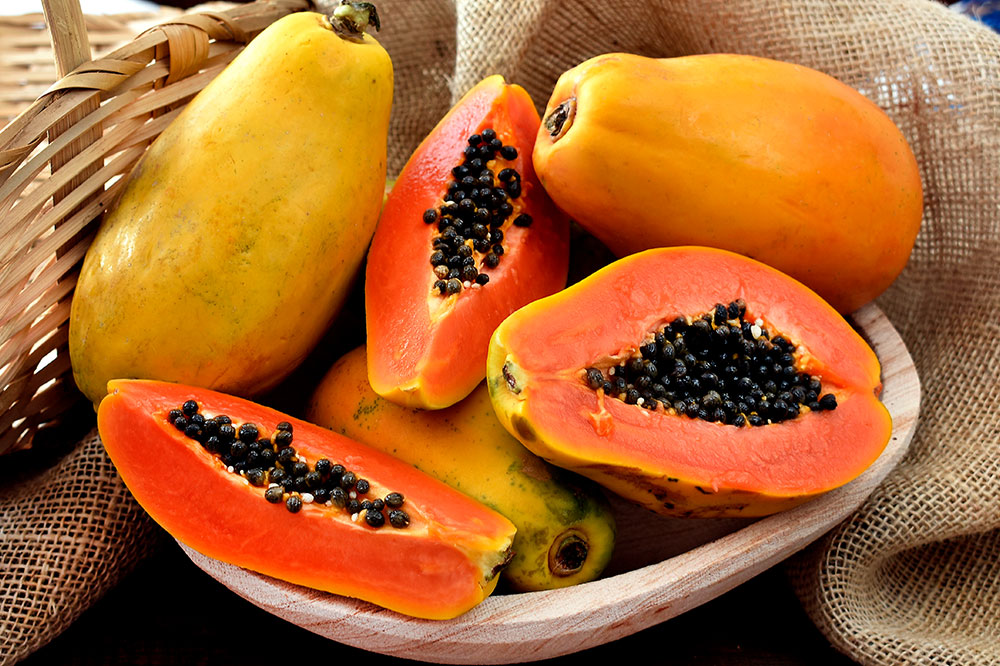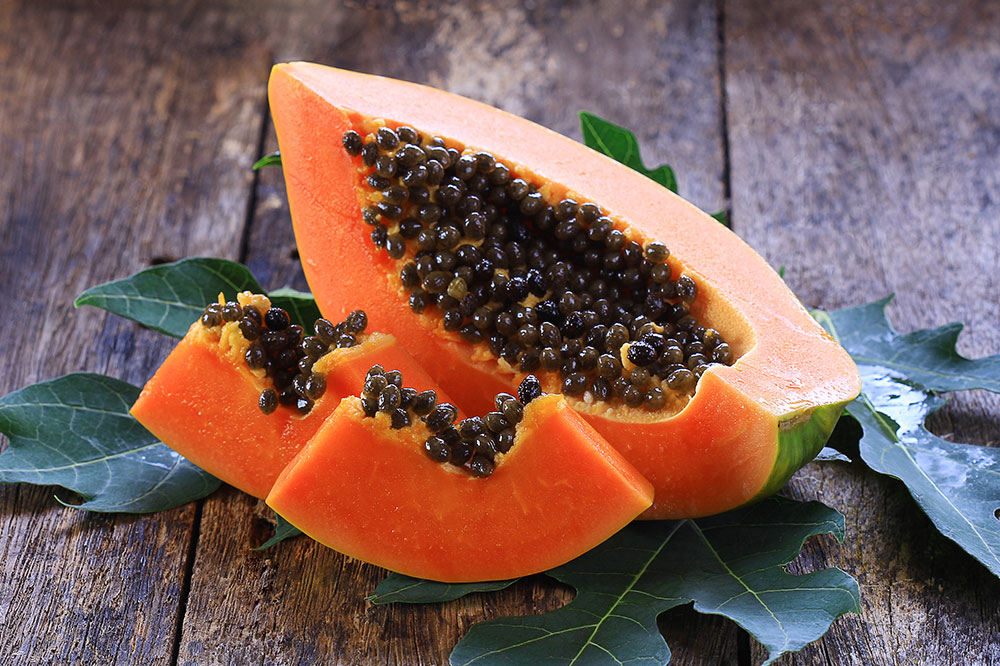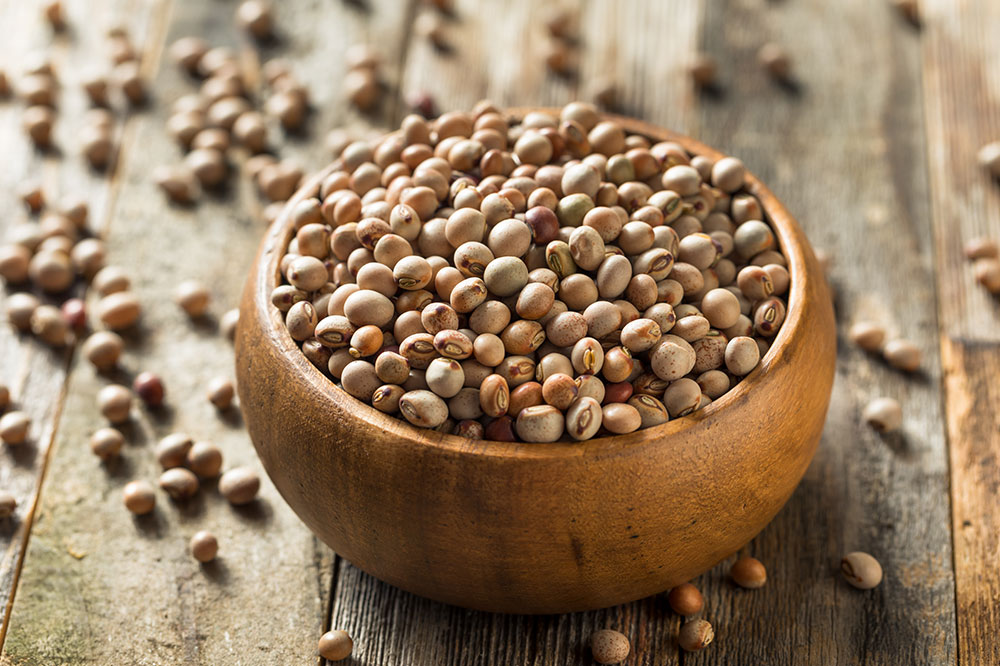Natural Herbal Remedies for Managing Sickle Cell Disease: A Comprehensive Guide
Discover comprehensive herbal remedies that support sickle cell disease management. From Nigeria's Niprisan to traditional herbs like papaya leaves and Terminalia, explore plant-based options that may reduce symptoms and improve quality of life. Learn about their active compounds, benefits, and how to incorporate them safely alongside conventional treatments for holistic health support.

Exploring Effective Herbal Options to Support Sickle Cell Disease Management
Sickle cell disease (SCD) is a hereditary blood disorder characterized by the production of abnormal hemoglobin, leading to the distortion of red blood cells into a sickle or crescent shape. These misshapen cells are less flexible, tend to block small blood vessels, and have a shorter lifespan, resulting in anemia and various related health complications. While bone marrow transplants remain the only definitive cure for SCD, ongoing research and traditional medicine have identified promising herbal treatments that may alleviate symptoms and improve quality of life. This article provides an in-depth exploration of herbal options that have shown potential benefits in managing sickle cell disease.
Understanding Sickle Cell Disease and the Role of Herbal Medicine
Sickle cell disease is inherited in an autosomal recessive pattern, meaning a person needs to inherit two copies of the sickle cell gene — one from each parent — to manifest the disease. The condition’s hallmark is the transformation of healthy, round red blood cells into rigid, sickle-shaped cells. These abnormal cells are less capable of transporting oxygen efficiently and tend to adhere to each other, causing blockages in blood flow. Symptoms typically include chronic pain, fatigue, swelling, frequent infections, and episodes of vaso-occlusive crises.
Despite the serious nature of SCD, significant advancements in management have improved patient outcomes. These include medications such as hydroxyurea, blood transfusions, and supportive therapies. However, with the increasing interest in natural and complementary medicine, herbal remedies have gained attention for their potential to ease symptoms and support overall health. While herbal therapies are not cures, they may act as adjunct treatments, providing symptomatic relief and possibly reducing the severity of crises.
Highlighted Herbal Remedies for Sickle Cell Disease
Here we explore four notable herbal options, their origins, active compounds, and potential benefits for sickle cell management:
Niprisan Herbal Formula
In Nigeria, which bears the highest prevalence of sickle cell disease globally, researchers from the National Institute for Pharmaceutical Research and Development developed Niprisan—a herbal formulation designed specifically for sickle cell management. The formulation has shown promising results in clinical settings, with many patients experiencing reduced pain episodes and improved blood parameters.
Niprisan is made from extracts of four carefully selected plants:
Piper guineense seed: Commonly known as West African or Guinea pepper, this seed contains compounds like piperine that have anti-inflammatory and antioxidant properties.
Pterocarpus osum stem: An African timber with bioactive compounds believed to have anti-sickling effects.
Eugenia caryophyllus: Better known as cloves, which are rich in eugenol with anti-inflammatory and antimicrobial effects.
Sorghum bicolor: Also called millet or milo, rich in antioxidants that help combat oxidative stress in sickle cell patients.
These herbs contain bioactive molecules such as piperine, chavicine, capsaicin, and cubebin, which contribute to their safety profile and minimal side effects. These compounds may help reduce the frequency of sickling episodes, minimize oxidative damage, and improve blood circulation.
Fagara zanthoxyloides (Baobab Tree Bark)
Widely used in Uganda for treating malaria and infections, the root bark of Fagara zanthoxyloides has shown promise in SCD management. Studies suggest that its phytochemicals may help reduce the formation of sickled cells, thereby alleviating symptoms such as pain and fatigue. Its consumption may also bolster the immune system and improve overall blood health.
Terminalia catappa (Tropical Almond)
This tropical tree is highly valued across Africa, Southeast Asia, and Australia. Its leaves contain compounds with anti-sickling properties. Extracts from Terminalia catappa leaves have demonstrated the ability to reverse sickling in red blood cells and support hematological health. Such properties make it a noteworthy herbal option for those seeking natural adjunct therapies.
Carica papaya (Papaya Leaves and Green Papaya)
Traditional medicine often employs papaya leaves and fermented green papaya for various health benefits. Scientific research indicates that green papaya contains enzymes and bioactive compounds capable of preventing red blood cell sickling and promoting their reversal. Consuming green papaya can not only help manage sickle cell symptoms but also provide antioxidant and immune-boosting benefits, contributing to overall health and resilience.
Integrating Herbal Medicine into Sickle Cell Management
While herbal remedies offer promising support, they should be used alongside conventional medical treatments under professional supervision. It is important to consult healthcare providers before incorporating herbal supplements, especially for individuals with sickle cell disease. Ongoing research continues to explore the effectiveness and safety of these herbal options, aiming to develop comprehensive management strategies that combine traditional wisdom and modern medicine.
Conclusion
Herbal medicine holds potential as a complementary approach in managing sickle cell disease. From Niprisan, developed in Nigeria, to traditional herbs like Fagara zanthoxyloides, Terminalia catappa, and green papaya, these natural remedies may alleviate symptoms, reduce crises, and improve quality of life. As scientific research progresses, more herbal products could become mainstream options, offering hope to millions affected by this hereditary condition. Patients are encouraged to seek professional advice and consider herbal therapies as part of an integrated treatment plan aimed at holistic health and well-being.





